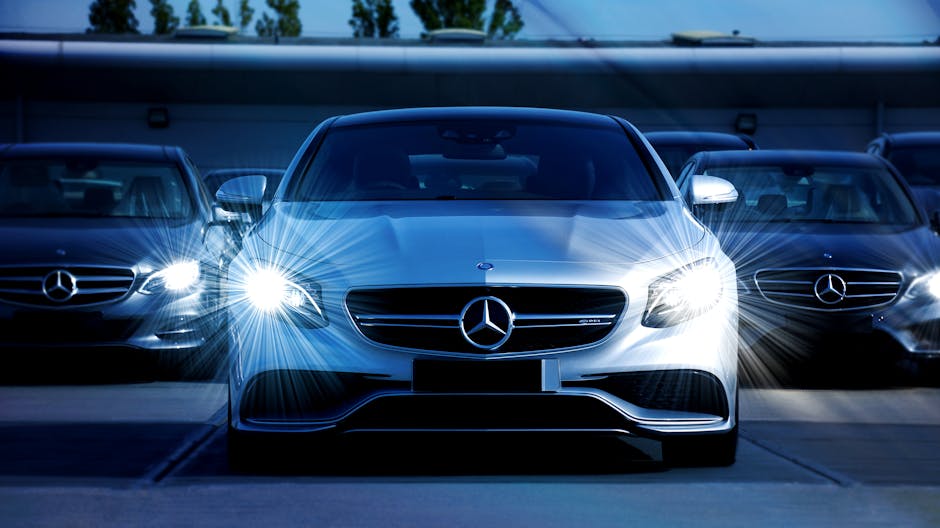 Understanding Roof Types: How to Choose the Ideal Roof for Your House
Understanding Roof Types: How to Choose the Ideal Roof for Your House
The right roof type is key to achieving both functional durability and visual appeal. Your roof does more than shield your home; it shapes its resilience, energy efficiency, and look. This guide on different roof styles will help you make an educated decision.
1. The Classic Gable Roof
With a clean triangular form, the gable roof remains one of the most popular options. Its sloping sides create an effective water runoff, making it ideal for areas with heavy rainfall or snow. It offers substantial attic space and ventilation, aiding in energy efficiency.
Advantages: Budget-friendly and simple to construct.
Considerations: Susceptible to wind damage in areas with strong winds. Here’s the link to learn more about the awesome product here.
2. Hip Roof Design
The hip roof is another popular choice, especially in areas with frequent storms. With four sloping sides, it offers greater stability and durability than gable designs. The design is excellent for wind resistance, but it is more complex and may require a higher budget.
Benefits: Highly stable and wind-resistant.
Considerations: Slightly more expensive and complex to install.
3. Flat Roof
Often seen on commercial structures, flat roofs also fit well with contemporary home styles. Despite looking flat, they generally include a slight pitch for water drainage. Flat roofs provide easy access, perfect if you envision a rooftop garden or leisure area.
Positives: Straightforward style, low maintenance, and easy access.
Drawbacks: Water pooling risks and potential for frequent upkeep. Just click here and check it out!
4. The Elegant Mansard Roof
Famous in French architecture, the Mansard roof boasts four sloped sides, each with a double incline. This style enhances attic space, allowing for more upper-floor area. Mansard roofs are suitable for homeowners who may want to add more living space in the future.
Benefits: Extra attic space and elegant appearance.
Drawbacks: Costly to construct and maintain, especially in high-snowfall areas.
5. Shed Roof Design
A single sloped surface defines the shed roof, making it easy to construct and suitable for extensions. The clean, minimalist look complements both modern and contemporary home designs. Its single-slope design limits insulation, making it less ideal for colder regions.
Pros: Easy to build and budget-friendly.
Considerations: Limited insulation and may not handle heavy snowfall well. Click here to get even more info on the subject!
6. The Eco-Friendly Butterfly Roof
An environmentally conscious choice, the butterfly roof has two inward slopes that mimic butterfly wings. This style allows for easy installation of solar panels and rainwater collection, making it popular in sustainable architecture.
Pros: Distinctive appearance and environmental perks.
Cons: Challenging to construct and may be expensive.
Deciding on the Ideal Roof for Your Home
Consider your region’s climate, your budget, and aesthetic preferences when choosing a roof type. Each style has distinct advantages and challenges, and selecting the best fit will enhance your home’s durability and energy efficiency. You can read more about the subject here!
